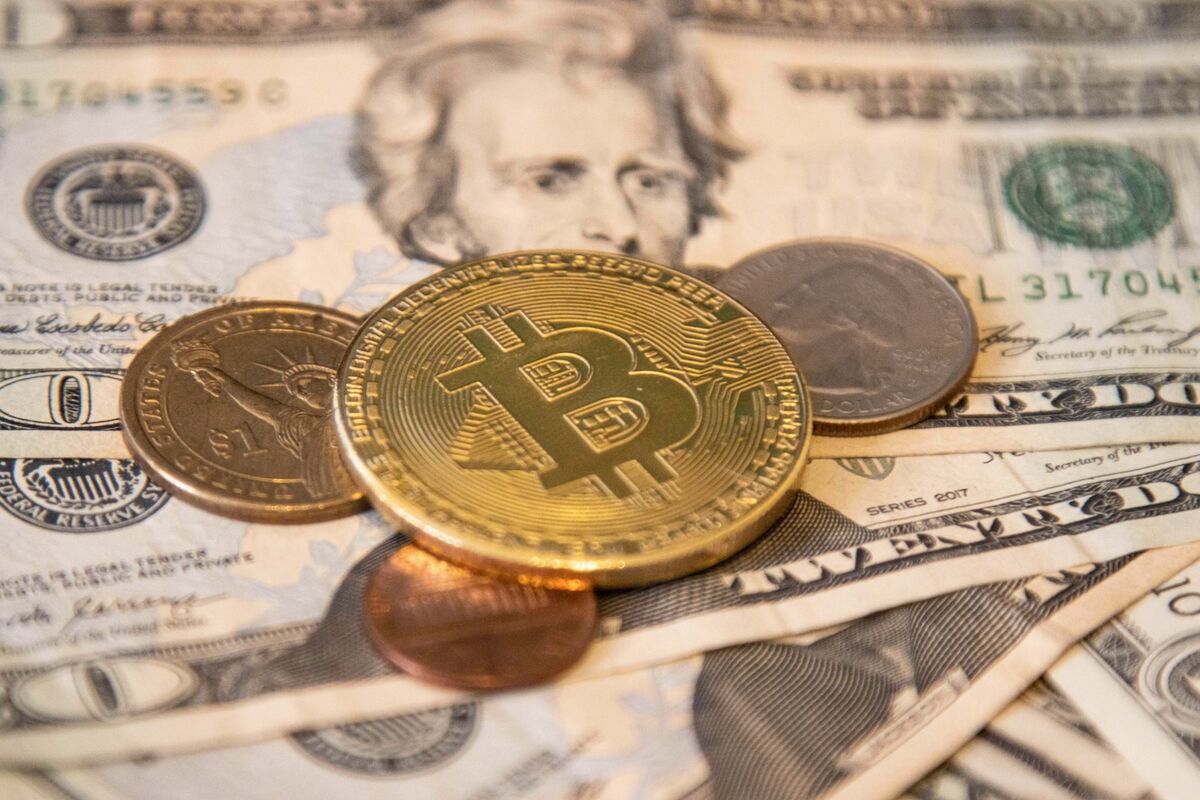
The financial landscape is about to face a seismic shift, as the US Treasury Department officially throws its hat into the digital currency ring. The potential launch of a US-backed digital dollar, dubbed “Fedcoin” by some, has sent shockwaves through the established financial system and the burgeoning world of private cryptocurrencies. While the implications are still being debated, one question hangs heavy in the air: Will this spell doom for private cryptocurrencies, or usher in a new era of co-existence?
The Allure of the Digital Dollar:
Proponents of a central bank digital currency (CBDC) like the digital dollar highlight several potential benefits. Increased financial inclusion for the unbanked, faster and cheaper cross-border transactions, and enhanced monetary policy control are just a few of the advantages touted. Additionally, a government-backed digital currency could offer a layer of stability and security often lacking in the volatile world of private cryptocurrencies.
The Shadow of Regulation:
However, the specter of government regulation and control looms large over the private cryptocurrency space. Some fear that a robust digital dollar could effectively crowd out private alternatives, stifling innovation and competition. Concerns also abound about potential surveillance and data privacy issues, as governments could gain unprecedented access to citizens’ financial transactions.
Symbiotic Dance or Clash of Titans?
The future of the relationship between a digital dollar and private cryptocurrencies remains shrouded in uncertainty. Some envision a scenario where the two coexist and even complement each other. The digital dollar could provide a stable foundation for the financial system, while private cryptocurrencies continue to drive innovation and explore new use cases.
However, others warn of a more antagonistic path. A powerful digital dollar could marginalize private cryptocurrencies, making them niche assets used primarily for non-traditional purposes. This could ultimately stifle the growth and potential of the blockchain technology underpinning them.
The Road Ahead: A Balancing Act
Ultimately, the success or failure of a digital dollar and its impact on private cryptocurrencies will depend on the path chosen by policymakers and developers. Striking a balance between innovation, competition, and regulatory oversight will be critical. Finding ways to leverage the strengths of both government-backed and private digital currencies while mitigating their respective risks will be the key to navigating this uncharted territory.
One thing is certain: the launch of a digital dollar marks a turning point in the evolution of money. Whether it paves the way for a future dominated by central bank control or fuels an even more vibrant and diverse digital asset ecosystem remains to be seen. The next few years will be crucial in determining the outcome of this fascinating dance between titans.
It’s important to note that the development of a digital dollar is still in its early stages, and no concrete decisions have been made. However, the mere consideration of this move highlights the growing importance of digital currencies and the potential impact they could have on the financial landscape. As the debate unfolds, it’s essential to stay informed and engaged, as the choices made today will shape the future of money for generations to come.
